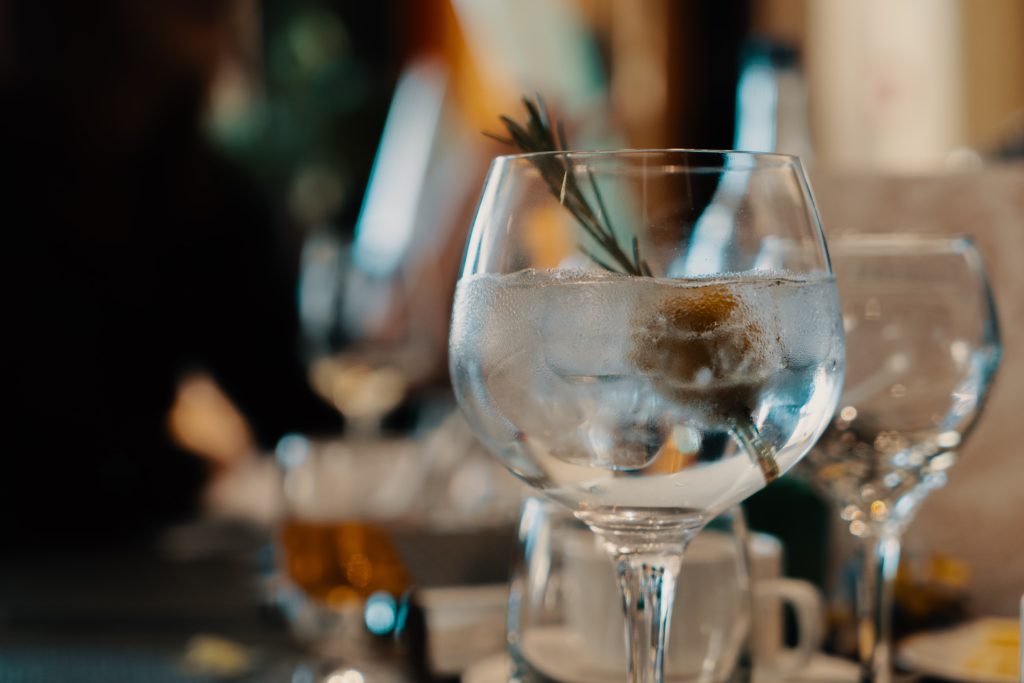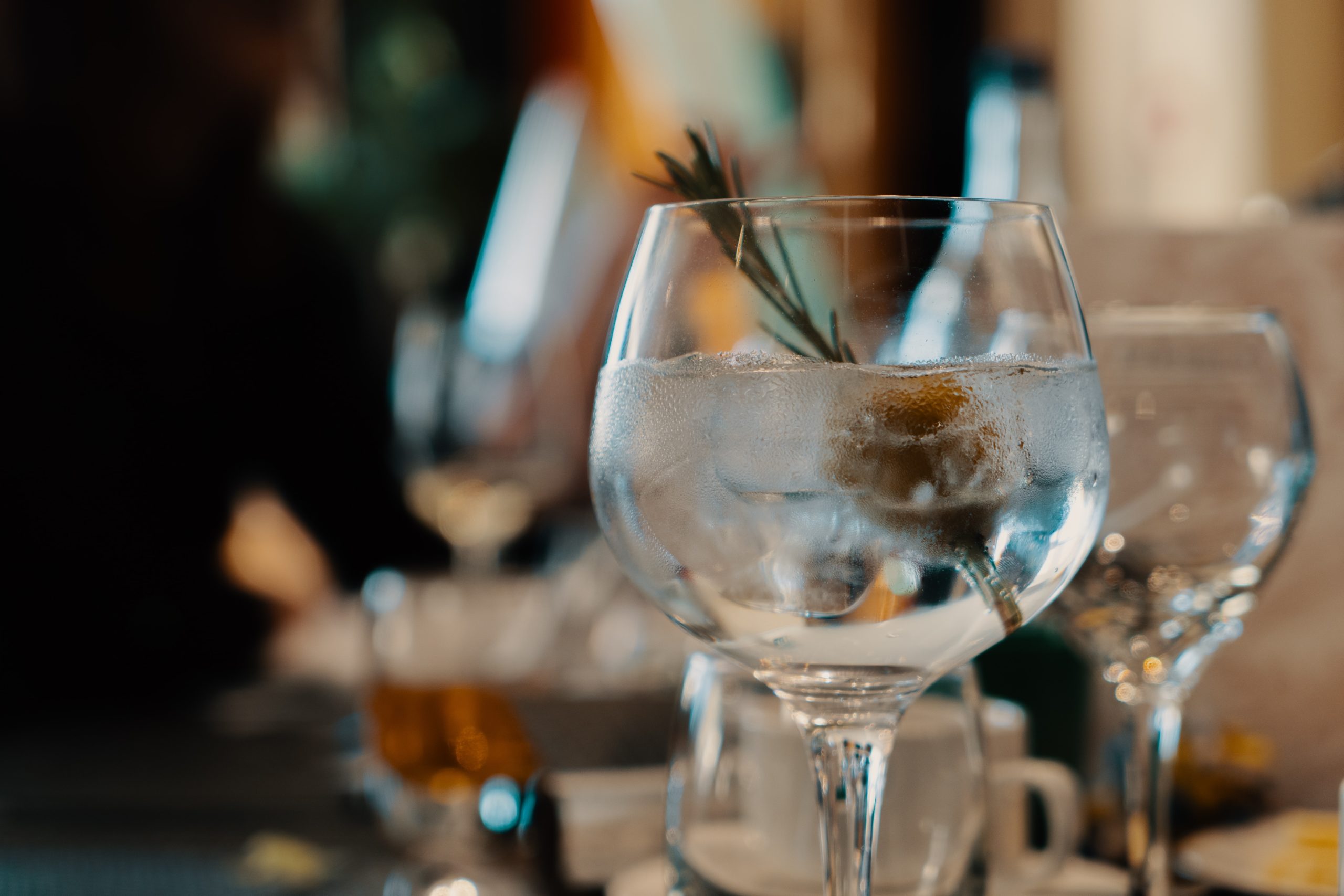Fighting Malaria with Microscopes (And Stiff Drinks)

Early Evidence of Malaria
What is one surprising shared topic between ancient Chinese documents, Mesopotamian clay tablets, and Egyptian papyri? The answer: some of the earliest documentations of malaria. It would be quite some time before humanity understood malaria with microscopes. More definitive documentation came around 500 BC in ancient Greece. Early Greeks described malarial fevers and other malaria-related symptoms.
Cultures around the world documented malaria. In fact the word “malaria” itself is Italian, from mal’aria, the contracted form of “mala aria” or “bad air.” The term described the atmosphere caused by marshes.
Seeing the Enemy
But malaria remained unknown for thousands of years. It wasn’t until the late 1800s that humanity connected malaria and mosquitos.
So, how do we deal with malaria in the modern day? According to the CDC, fighting malaria with microscopes remains the gold standard. Microscopy is an established, simple technique that is familiar to most laboratorians. Any laboratory that can perform routine hematology tests can test for malaria. The patient’s red blood cells that infected with malaria parasites. Thin and thick smears provide vital pieces of information to the doctor. Within a few hours of collecting the blood, microscopes can reveal answers.
Even to this day, there are still about 2,000 cases of malaria diagnosed in the US each year. Globally malaria kills around 400,000 people. One critical step in the treatment of malaria comes down to early diagnosis. And we can thank our trusty microscopes for serving us in the fight against malaria.
Along comes America’s favorite drink
To avoid ending on a grim note, we will leave you with a fun fact. According to McGill University, in the 1700s a Scottish doctor, George Cleghorn, discovered that quinine could treat malaria. This led to tonic water being drunk by British soldiers stationed in India to fight malaria. Because tonic water is so bitter, soldiers began adding gin, and eventually lemon and lime. This eventually led to, you guessed it, the gin and tonic. And that’s how our ancestors were fighting malaria with microscopes (and alcohol).

